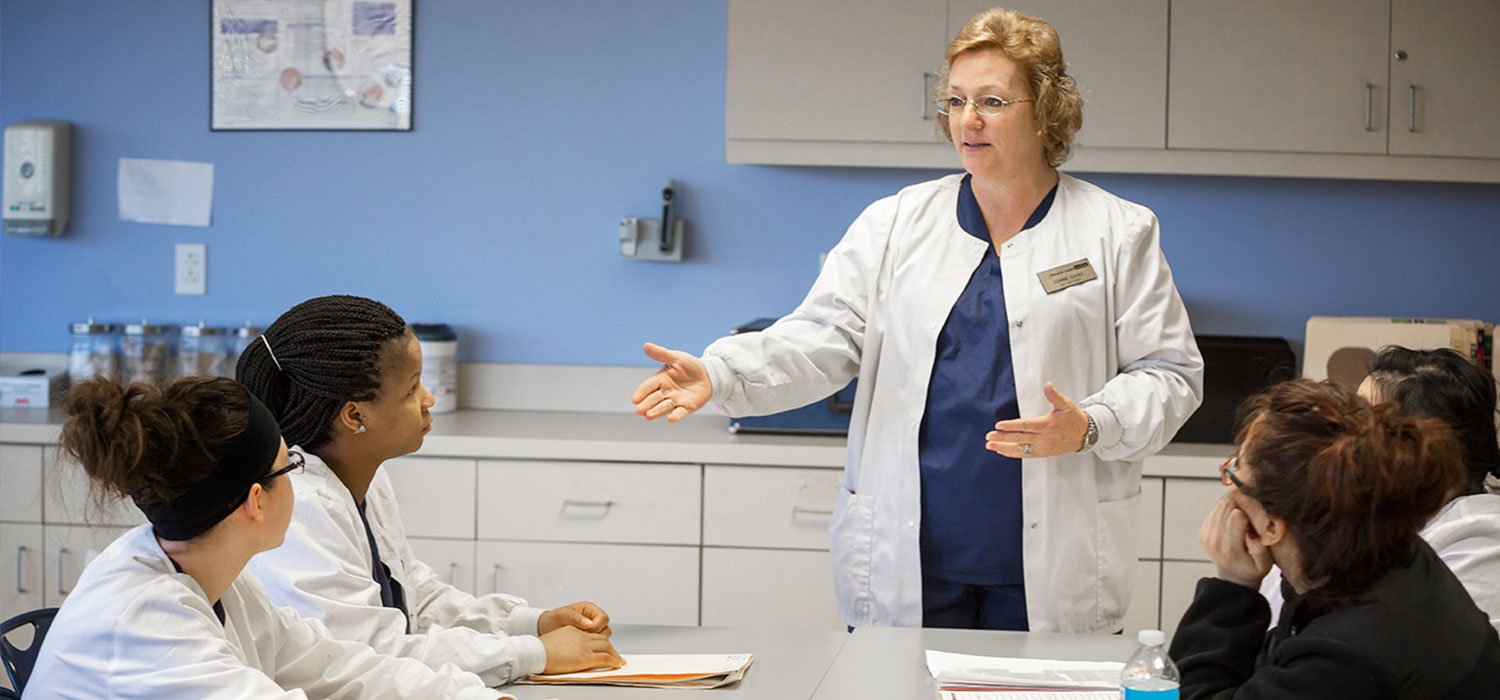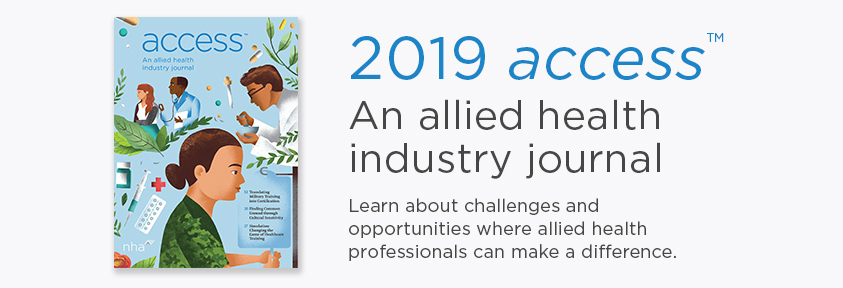The Association of Career and Technical Education (ACTE) released an evidence-based framework to define 12 elements of high quality CTE programs to help educators and administrators build and improve their programs. The 2018 passing of Perkins V created even more emphasis on the value of one of these elements: business and community partnerships.
In addition to providing work-based learning opportunities, business and community partners can provide unique learning opportunities and help you strengthen your CTE program.
"We allow our students to do rotations through local community medical facilities where they get not only to observe, but also a ton of hands on experience. The best way for them learn is by doing and our amazing community has welcomed them in!" - Tonya Cooper, a CTE Program Director in Texas
Ready to partner up? Here are are some tips to help you involve business and community partners in your CTE Health Science program.
1. Don't be afraid to make the first move
Healthcare employers, especially smaller employers, often don't have the time or even know it's a possibility to reach out to CTE programs like yours. This type of collaboration is mutually beneficial, so reach out! You might be surprised how eager they are to work with you.
2. Think beyond employers
When creating a list of potential partners for your CTE Health Sciences program, healthcare employers might be top of mind, but they aren't the only ones who can greatly benefit your program. Expand your thinking to other groups that can diversify your perspective:
- State or local workforce development boards
- Economic agencies
- A range of local businesses and industries
- Community organizations that represent underserved populations
3. Define roles and create policies
Even if everyone is on the same page, it's important to document everything and clearly define roles, responsibilities, and policies. You never know when a staff change could occur, and having everything in order will ensure your partnership lasts. If you need help getting organized, ACTE has a list of toolkits to help.
4. Evaluations aren't just for exams
Under Perkins V, evaluation and improvement activities are required. Beyond compliance, assessing the partnership's effectiveness can help everyone improve and see the results after time, effort, and money have been invested.
Partnering with organizations and businesses in the community can support student learning in a number of ways. Students have the opportunity to obtain career-ready knowledge, connect with individuals and mentors who can help them, and can also help contribute to improving their community. Businesses also benefit by helping recruit new hires and arming them with the most relevant knowledge and skills they need in their healthcare facilities.
Angie Teoli, a CTE Health Sciences instructor in Maryland, comments on how rewarding it is to see former students working as employees and mentoring current students through their partnership with a local healthcare office: "As we completed our clinical rotation this year, it was so exciting to watch our past CCMA students working with our current senior CCMA students in the clinical settings where they were hired in our local hospital physician offices."
Partnerships can help strengthen CTE Health Sciences programs, contributing to students' ability to access better futures. These students are tomorrow's leaders, and investing in them is investing in the greater community and the future of healthcare.




